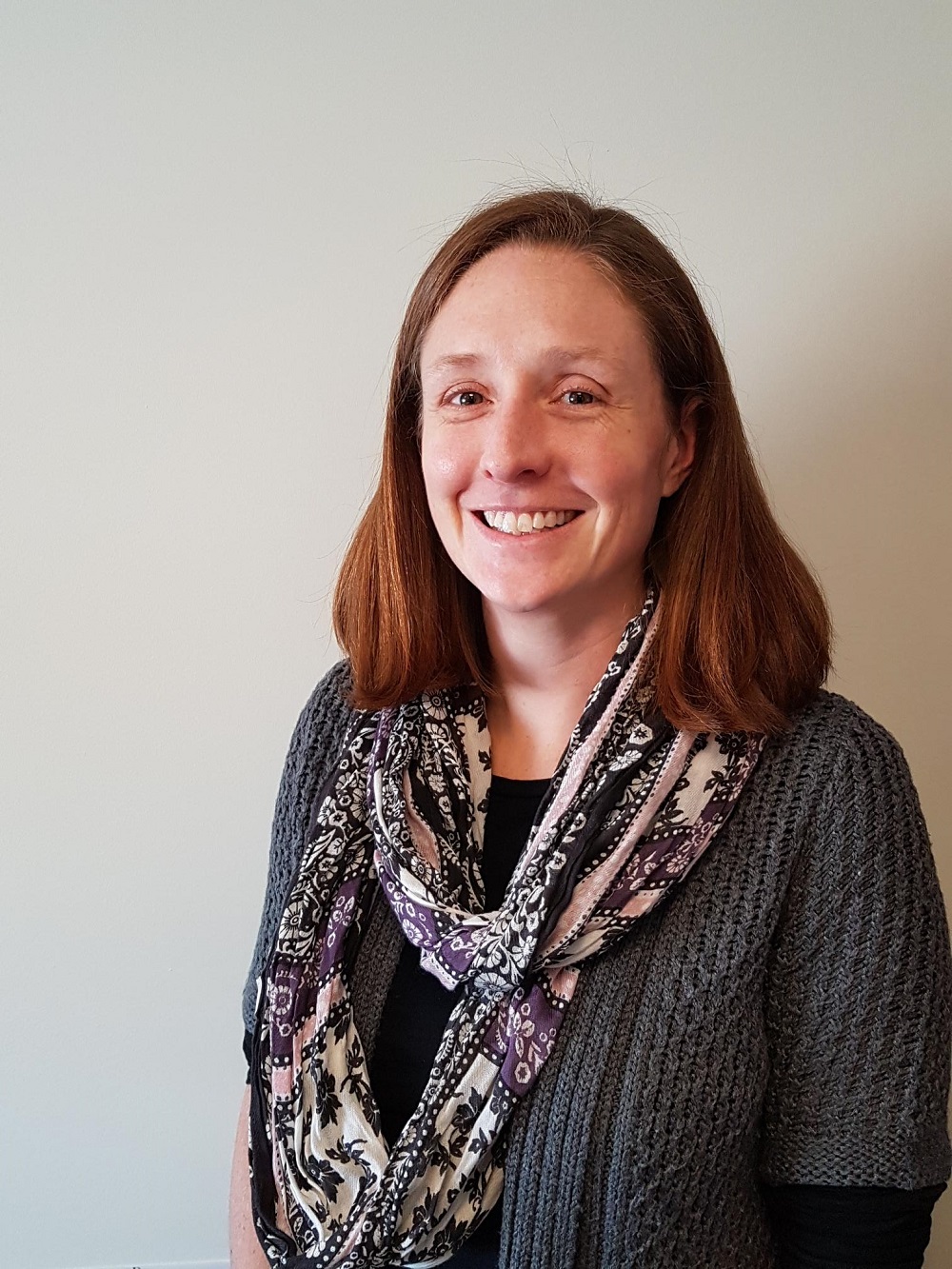By Kirk Winter
For the last 16 months, more than 80 per cent of the Haliburton, Kawartha, Pine Ridge, District Health Unit’s resources have been dedicated to responding to COVID19, a few essential services, and contact management of other reportable diseases.
At their June meeting, the health unit reported that over the last month, environmental health services have scaledup in order to support responding to loosening public health restrictions and upcoming summer programming.
The health unit will be resuming regularly scheduled summer services that include:
• Inspection of year-round and seasonal food services facilities,
• Pre-opening inspections of public outdoor pools, whirlpools and splash pads,
• Beach samplings,
• Pre-opening inspections of recreational camps,
• Small drinking water system inspections for seasonal water systems coming back on-line,
• Tracking vector borne diseases such as West Nile virus and tick surveillance, and migrant farm inspections.
“In addition, planning is underway to bring other health protection services back online closer to fall,” medical officer of health, Dr. Natalie Bocking, said.
These services will include school-based immunization programs, enforcement of the School Pupils Act, which requires immunization for school and daycare attendance, ‘no family doctor’ clinics for immunization of children five or younger beginning with one clinic a month in July, and annual fridge inspections at all pharmacies and physician offices for vaccine storage and handling for the universal influenza immunization program and the COVID-19 vaccine roll-out.
Epidemiology report
Bocking said health unit staff continue to coordinate the ongoing roll-out of COVID19 vaccinations across all three geographic regions of the health unit.
She said many municipal, community and health sector partners are supporting the roll-out through multiple avenues.
As of June 10, Bocking reported that the health unit had engaged in 98 different mass immunization clinics, 56 mobile clinics directed towards vulnerable populations and other congregate care settings, delivered first and second dose clinics for 20 longterm care homes and first and second dose clinics for 21 retirement homes.
Bocking also shared that the health unit is attempting to maximize the amount of vaccine distributed to each health unit clinic through efficient administration, maximizing vaccine uptake in priority populations by reducing barriers to clinic participation and maximizing vaccine uptake by addressing vaccine confidence and by engaging community leaders and partners in clinic planning and implementation.
“The objectives (of our clinics) are to help achieve the desired vaccine coverage rate and minimize the mortality and morbidity associated with COVID-19.”





